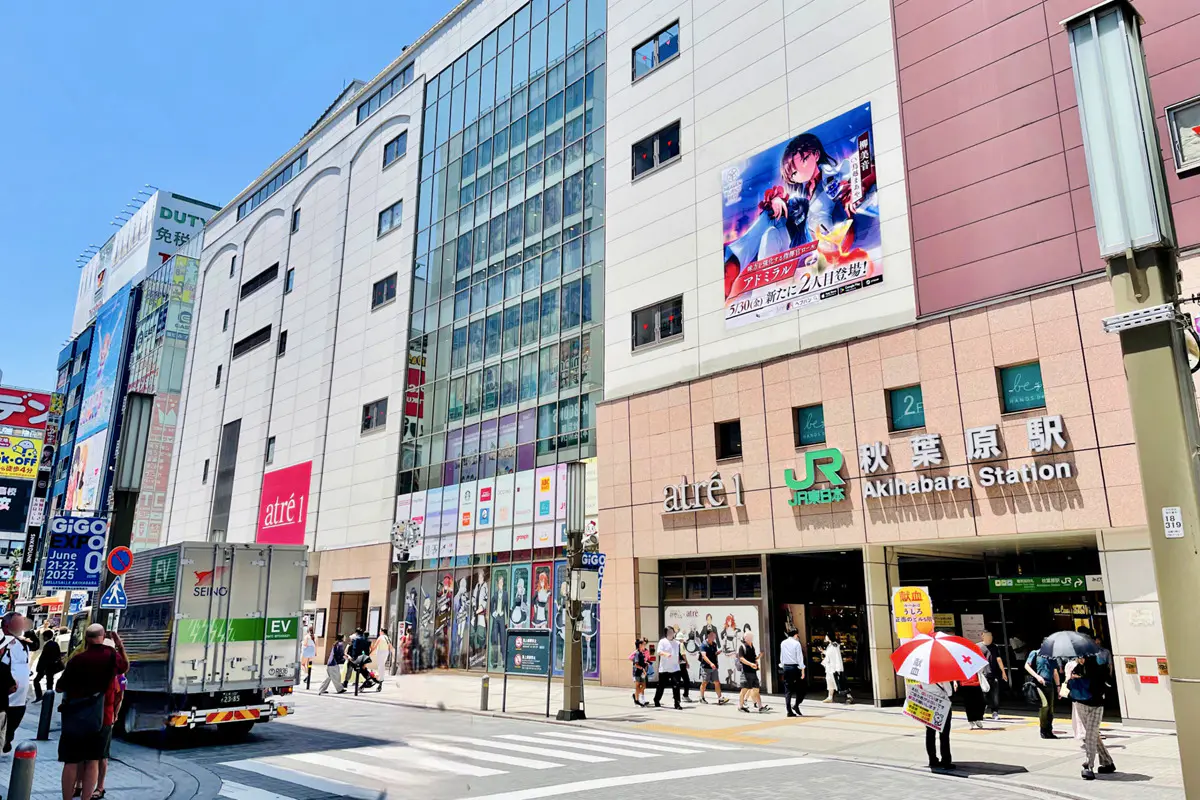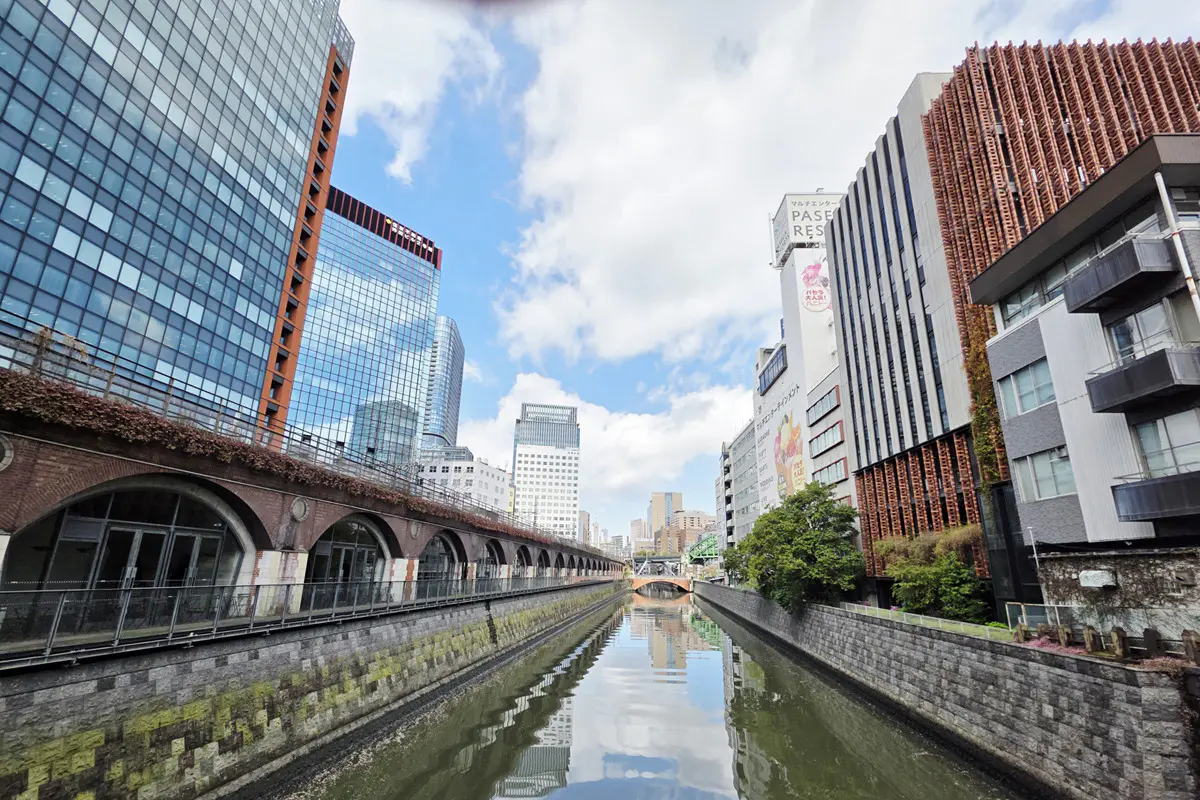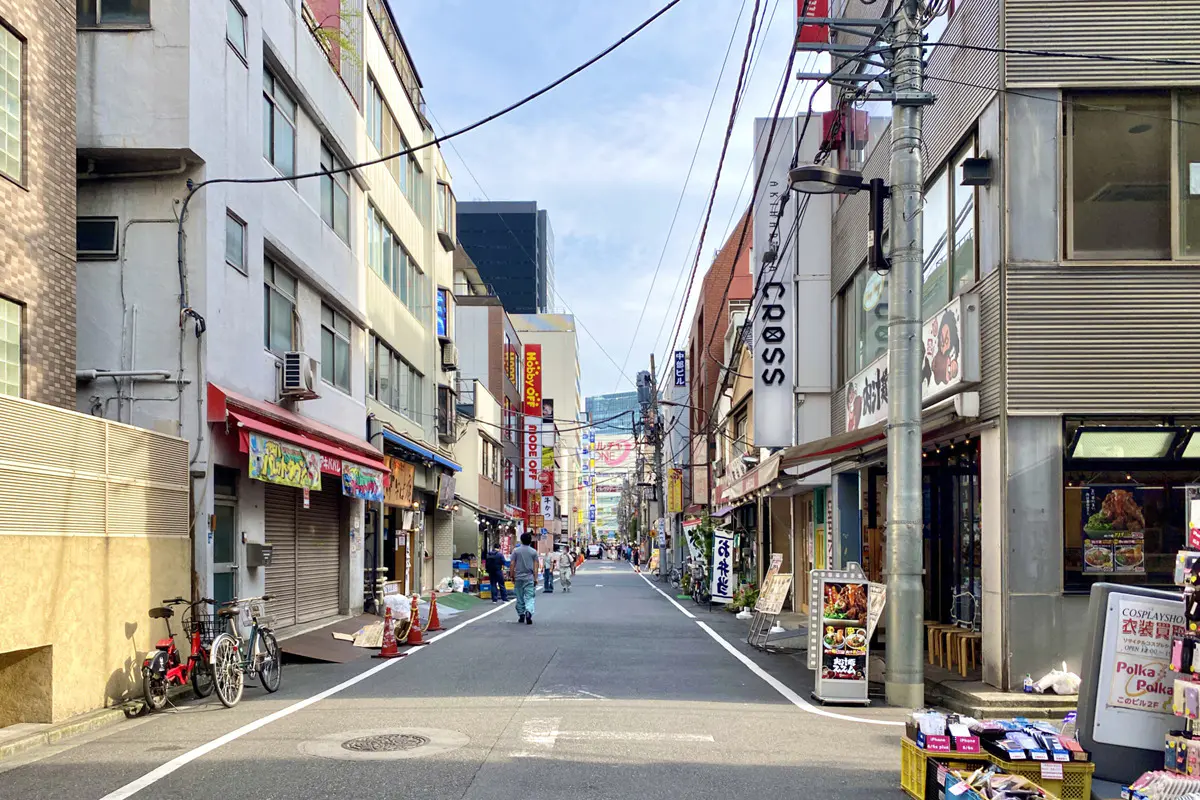Tokyo Apartment Guide: Overview and Rental Prices in the Akihabara Area
Aug 6, 2025

Akihabara, located in Chiyoda Ward, Tokyo, is a world-renowned hub for electronics and anime culture. While it is famously known as an "Electric Town" and "Mecca for Otaku," it also serves as a highly convenient residential area thanks to its proximity to Tokyo and Ueno stations.
For foreigners, Akihabara offers an exciting lifestyle where you can enjoy Japan’s unique subculture alongside the conveniences of urban living. This article provides a detailed guide for those looking to rent an apartment in Akihabara, covering everything from neighborhood highlights to rental market trends.
In recent years, Akihabara has also gained attention as a hotspot for startups and tech companies, evolving into a dynamic fusion of business and culture.
What Kind of Place is Akihabara?

Akihabara lies in the Kanda district of Chiyoda Ward and is Japan's most iconic electronics and subculture district. It developed after World War II into a bustling market for electronics, ranging from major retailers like Yodobashi Camera and Bic Camera to tiny independent shops selling rare electronic parts—making it one of the largest electronics shopping areas in the world.
More recently, it has also become a cultural haven for anime, manga, and gaming enthusiasts. You'll find everything from anime merchandise stores and figure shops to themed cafes like maid cafes. This unique blend of electric town history and subculture creates an atmosphere unlike anywhere else in the world.
Transportation and Access Around Akihabara Station

Akihabara is centrally located in Tokyo and serves as a major transit hub where five train lines intersect. It offers direct connections to many key areas within Tokyo, making it an extremely convenient base for commuters.
Train Access
Five major train lines run through Akihabara Station:
- JR Yamanote Line: Direct access to major hubs like Shinjuku, Shibuya, and Ikebukuro
- JR Chuo-Sobu Line: Convenient for areas like Ochanomizu, Yotsuya, Ryogoku, and Kinshicho
- JR Keihin-Tohoku Line: Connects to Ueno, Nippori, Yurakucho, and Shinagawa
- Tokyo Metro Hibiya Line: Direct access to Ginza and Roppongi
- Tsukuba Express: Direct line to Tsukuba in Ibaraki Prefecture
In addition to Akihabara Station, nearby stations include Iwamotocho (Toei Shinjuku Line), Suehirocho (Tokyo Metro Ginza Line), and within walking distance, Yushima (Tokyo Metro Chiyoda Line) and Ueno-Okachimachi (Toei Oedo Line). Tokyo Station is only one stop away, and Ueno is two stops, making access to bullet trains easy and fast.
| Destination | Travel Time | Transfers | Example Route |
|---|---|---|---|
| Tokyo Station | About 4 min | 0 | JR Keihin-Tohoku Line / JR Yamanote Line |
| Shinjuku Station | About 19 min | 0 | JR Chuo-Sobu Line |
| Shibuya Station | About 30 min | 1 | JR Yamanote Line |
| Ikebukuro Station | About 21 min | 0 | JR Yamanote Line |
| Yokohama Station | About 44 min | 1 | JR Keihin-Tohoku Line |
Bus Access
At Akihabara Station’s north exit, you’ll find a convenient bus rotary where Tokyo city buses depart for destinations like Komagome and Kasai—places not easily reached by train.
There are also direct airport limousine buses to both Haneda and Narita airports, ideal for international travel or domestic trips with heavy luggage.
Is Akihabara a Good Place to Live? 8 Reasons Why

Living in Akihabara offers numerous advantages, including excellent transportation, a wealth of shopping options, and a variety of dining experiences. However, as a busy commercial area, there are a few challenges too. Let’s explore eight key points that affect livability in this unique district.
1. Plenty of Shopping Options
Akihabara is packed with shopping venues, ranging from 24-hour discount stores to supermarkets. For example, the popular "Don Quijote" is open around the clock and offers everything from daily necessities to groceries. "Niku no Hanamasa" is another local favorite known for selling fresh meat at budget-friendly prices.
Other supermarket options include:
- Fukushimaya
- Seijo Ishii
- Peacock Store
- My Basket
You’ll also find numerous drugstores like "Matsumoto Kiyoshi," "Tomod’s," and "Kokumin Drug" throughout the area. In addition, shopping complexes such as Akiba Tolim, Akihabara UDX, and Atre Akihabara are directly connected to the station, offering a wide selection of fashion, home goods, groceries, and more—all in one place.
2. Diverse Dining Scene
Akihabara is known as a culinary hotspot, especially for ramen and curry. Notable ramen options include the tsukemen (dipping noodles) at "Tokyo Style Noodle Hotate Biyori" and the rich tonkotsu broth at "Kyushu Jangara Akihabara Main Store." For curry lovers, "Curry Stand PLUCK" and "Gyusha" are local legends that draw crowds daily.
You’ll also find a global selection of eateries serving Korean, Thai, Indian, Turkish, Vietnamese, Brazilian, and Mexican cuisine. Many restaurants offer English menus and photo-rich options, making it easy for non-Japanese speakers to dine comfortably.
3. Quiet Neighborhoods Just Minutes Away
While the area around Akihabara Station is lively and vibrant, a 10-minute walk will take you to peaceful residential streets. The Kanda area features traditional shopping streets, local shrines, and quiet neighborhoods, providing a calmer side of city life without leaving the city center.
The contrast of old-style homes and new condominiums side by side creates a unique charm where past and present coexist. This balance allows residents to enjoy a serene lifestyle while remaining within walking distance of busy commercial zones.
4. Family-Friendly Parks for Children
Despite being in central Tokyo, Akihabara offers several safe parks for children to play. Just three minutes from the station, Horin Park is a secure facility requiring check-in at the neighboring elementary school. Weekday mornings are reserved for children only, giving parents peace of mind.
Izumi Park, located five minutes away, features open space for playing catch or badminton and is bustling with families during the summer months when the splash zone is open. Miyamoto Park, about 10 minutes away on foot, has a large hillside slide that’s a favorite among kids. These parks are well-maintained by local residents and offer clean, safe spaces for outdoor fun.
5. Foreign-Friendly Environment
Akihabara welcomes a large number of international tourists and residents, which means you'll find many restaurants and shops where English is spoken. There are also English-speaking clinics, SIM card shops for travelers, and Wi-Fi router rental services. Multilingual signage is common around the station, making daily life easier even if you're not fluent in Japanese.
6. Ideal for Remote Work with Coworking Spaces
The area around Akihabara Station is home to several coworking spaces like WeWork, BIZcomfort, and LEAGUE. These facilities are equipped with power outlets and Wi-Fi, offering a quiet environment for freelancers, digital nomads, and engineers to work efficiently.
7. Community Safety Initiatives
In the past, parts of Akihabara's Electric Town faced concerns over aggressive street solicitation. To address this, Chiyoda Ward launched the "AKIBA Safety and Security Project."
This initiative involves regular patrols by local police, installation of more surveillance cameras, and assistance for tourists. The project is a collaborative effort between businesses, residents, and local authorities, and it has significantly improved the area's safety. Today, Akihabara is much more secure, and both residents and visitors can walk the streets with peace of mind.
8. Experience the Kanda Festival
Held in mid-May each year at Kanda Myojin Shrine—a 13-minute walk from Akihabara Station—the Kanda Festival is one of Japan’s three great festivals. Around 300,000 visitors come to watch more than 200 portable shrines (mikoshi) parading through the streets in a grand display of tradition and spirit.
While the festival brings temporary traffic restrictions and crowds, it’s also a valuable opportunity to experience Japan’s cultural heritage up close. Participating in the festival helps residents build deeper connections with the community and feel more at home. During this time, the whole neighborhood buzzes with festive energy, offering a fresh perspective on Akihabara.
Rental Apartment Prices Around Akihabara Station

Akihabara Station is located between Tokyo and Ueno Stations, placing it in the heart of the city. As a result, it ranks among the more expensive rental markets within Tokyo's 23 wards.
| STUDIO | 1Bed | 2Beds | 3Beds |
|---|---|---|---|
| ¥124,400–¥137,400 | ¥146,000–¥201,000 | ¥163,000–¥272,200 | ¥296,000–¥325,300 |
These prices are estimates only. Actual rents will vary depending on building age, layout, distance to the station, and amenities.
Family-sized apartments are relatively rare in central Akihabara and tend to be very expensive. If you're looking for more space within the same budget, consider looking toward nearby areas like Bunkyo Ward or closer to Asakusabashi Station. These areas may offer larger living spaces for a similar price.
If you're considering starting a new life in Akihabara, feel free to consult with a local real estate agent. Experienced staff can help you find a home that fits your needs.
Akihabara Is Also Popular for Property Buyers
In recent years, more foreign buyers have been investing in property in Akihabara due to its convenience and unique cultural appeal. Compact apartments within walking distance of the station are especially popular due to their rarity and prime location, making them attractive for investment or second-home use.
For those planning long-term stays in Japan or looking to own a property in central Tokyo, Akihabara is a strong candidate.
Conclusion: Start a New Chapter in Akihabara
Akihabara offers far more than subculture and electronics. With its excellent transportation links, shopping convenience, community safety initiatives, and welcoming multicultural environment, it’s a highly livable area. It also holds strong potential for future investment.
Whether you’re looking to rent or buy, don’t hesitate to reach out to a local real estate expert. Their knowledge and experience can guide you toward finding your ideal home in Tokyo.